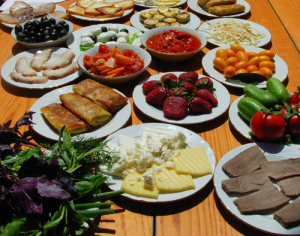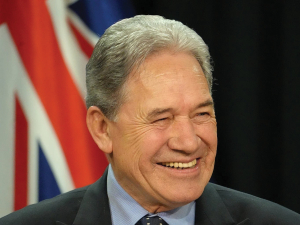A new research programme will look at the factors - attitudes, behaviours and lifestyles - that motivate Chinese consumers to buy foods that improve their health and wellness.
The resarch aims to help New Zealand companies to create new products that appeal to the market.
Funded through the High Value Nutrition (HVN) National Science Challenge, the new ‘Consumer Insights’ research will support the development of products with scientifically-validated health and wellness benefits tailored for the Chinese market.
The research will support the development of products in key health areas targeted by HVN – metabolic health, gastrointestinal health, immune health, and infant nutrition.
The research will look at four aspects of consumer behaviour – what health and wellness means for Chinese consumers, the role of social media and other factors in influencing buying behaviour, how to convert intentions into actions when it comes to developing new consumption habits, and the profile of the future Asian consumer of New Zealand’s health and wellness products.
Using this knowledge, New Zealand food and beverage companies will be able to deliver products with increased consumer appeal and effectively market these to the Asian market with a greater likelihood of success.
“Asia, and particularly China, has the potential to be a huge market for New Zealand’s future food and beverage products,” says research leader Dr Roger Harker, of Plant and Food Research.
“By building a better understanding of the kinds of products that appeal to the consumer, as well as how they make their purchasing decisions, we can support the development of products in this space that will be viewed as more acceptable in these markets.
“The role of social media and online purchasing of food is becoming part of everyday life for younger Chinese consumers. Successful companies are trusted and experts at listening and communicating with consumers via these networks – we need to constantly improve our ability to gather consumer insights from this online community.”
This project builds on an initial project funded by HVN to better understand how existing products are being marketed to Asian consumers by New Zealand food and beverage companies. A key finding from this study was the limited availability, particularly to smaller companies, to in-depth consumer research to support their product development and marketing goals.
The new project will work closely with companies already marketing, or developing, products for the Asian market, and findings from the research will be shared with the food and beverage industry through regular workshops.
High Value Nutrition is one of eleven National Science Challenges. HVN plans to invest up to $84 million over 10 years to establish New Zealand as an international leader in developing validated foods for health and to help grow NZ foods exports above 2015 levels by $1 billion per year by 2025.



















